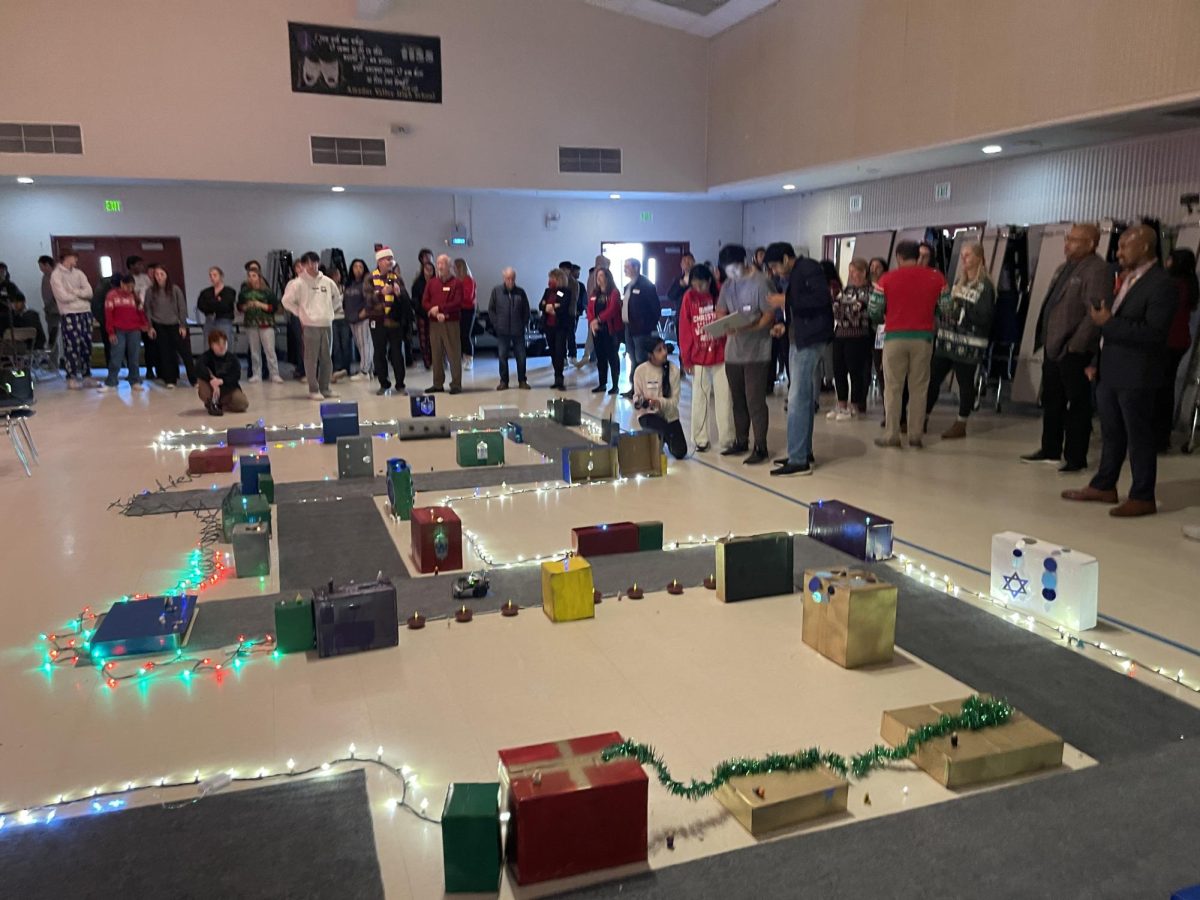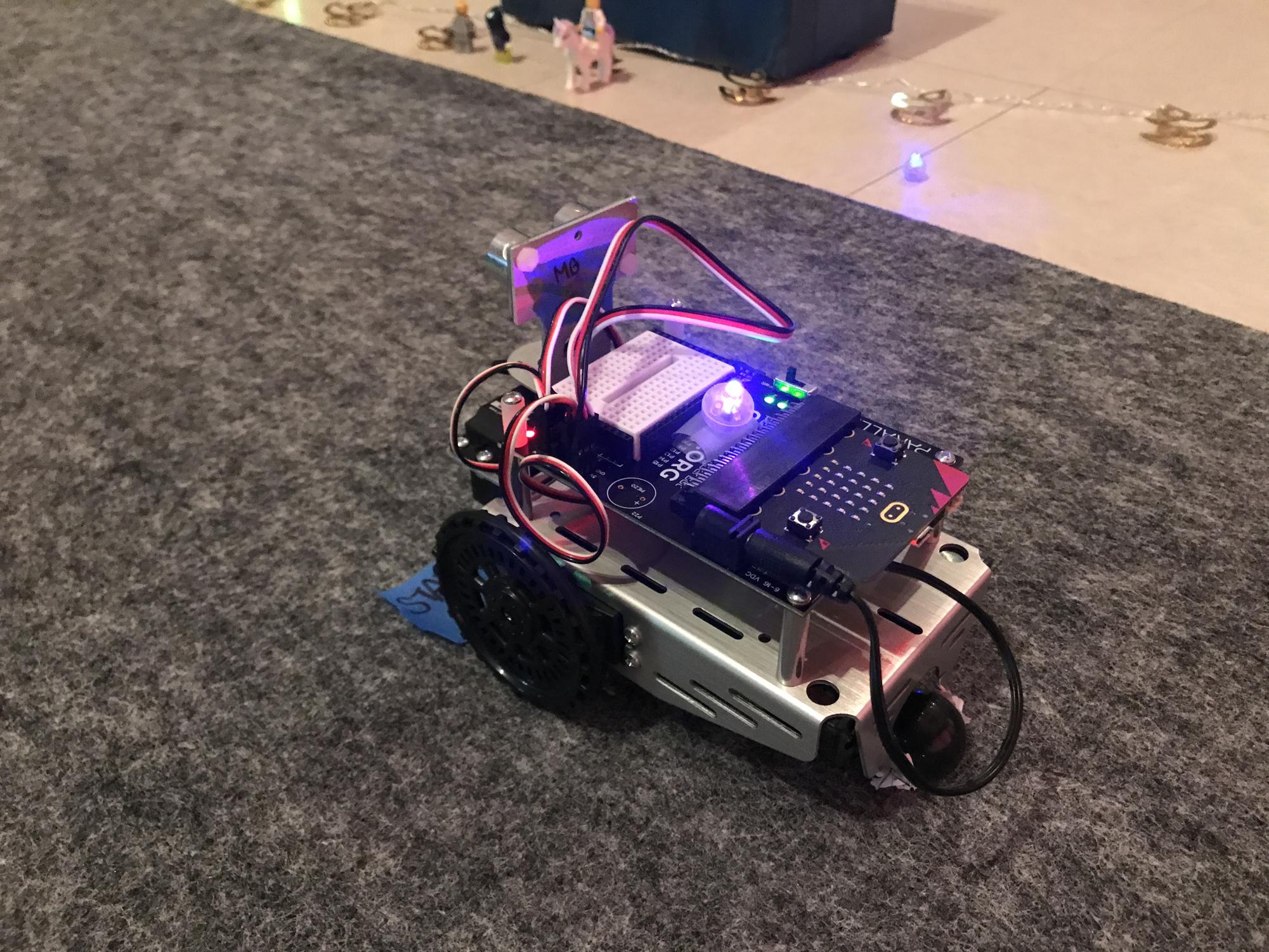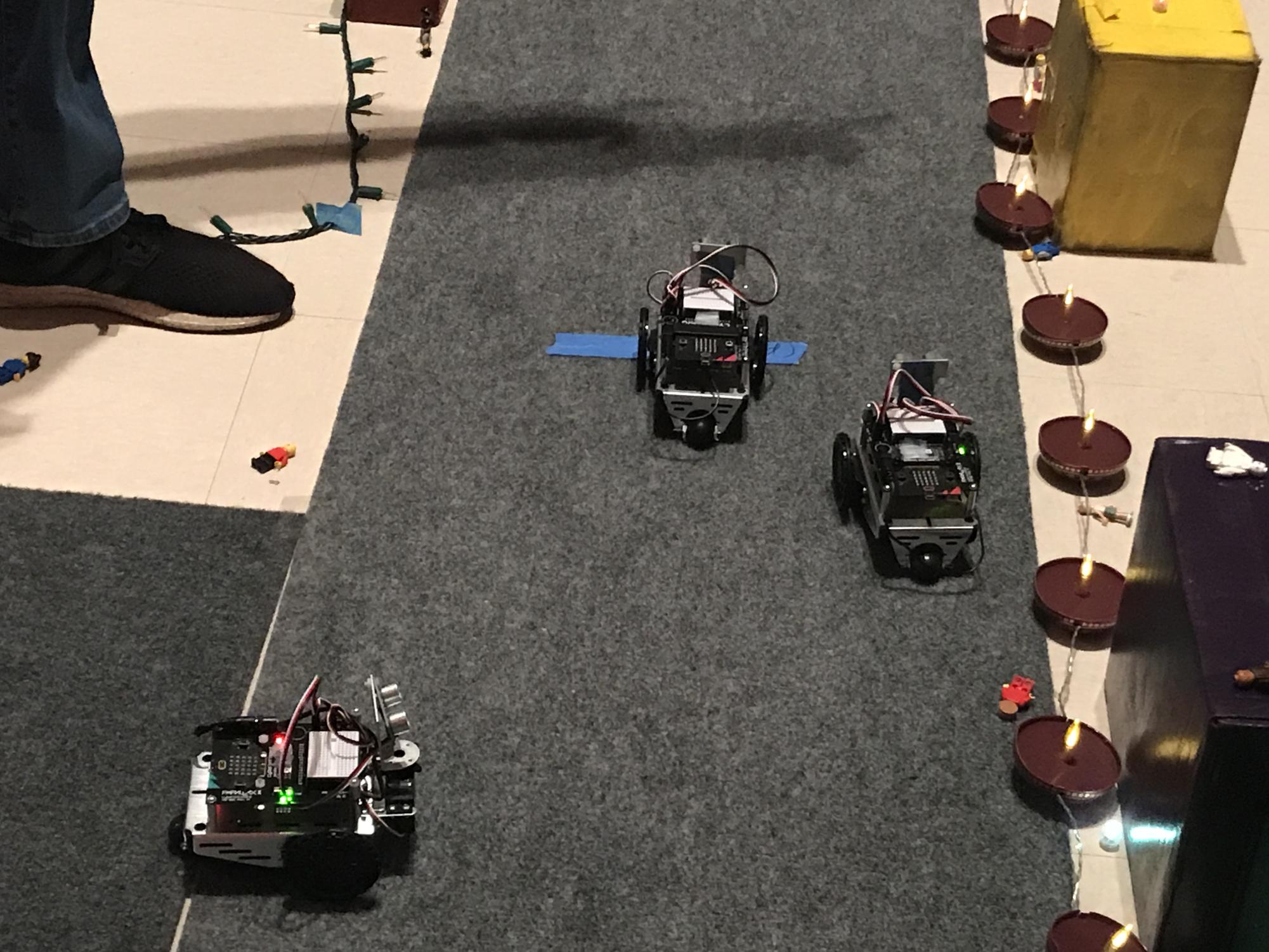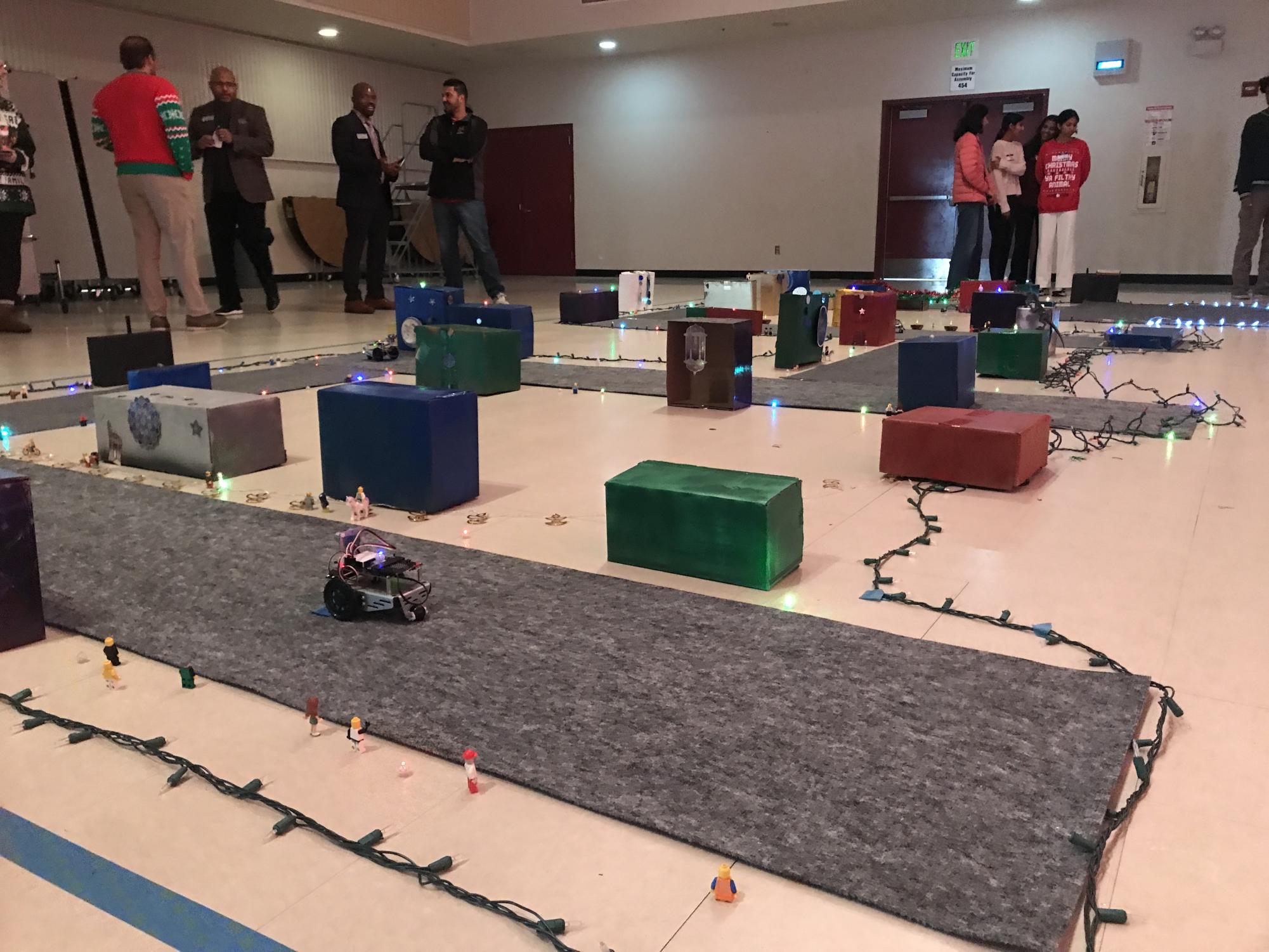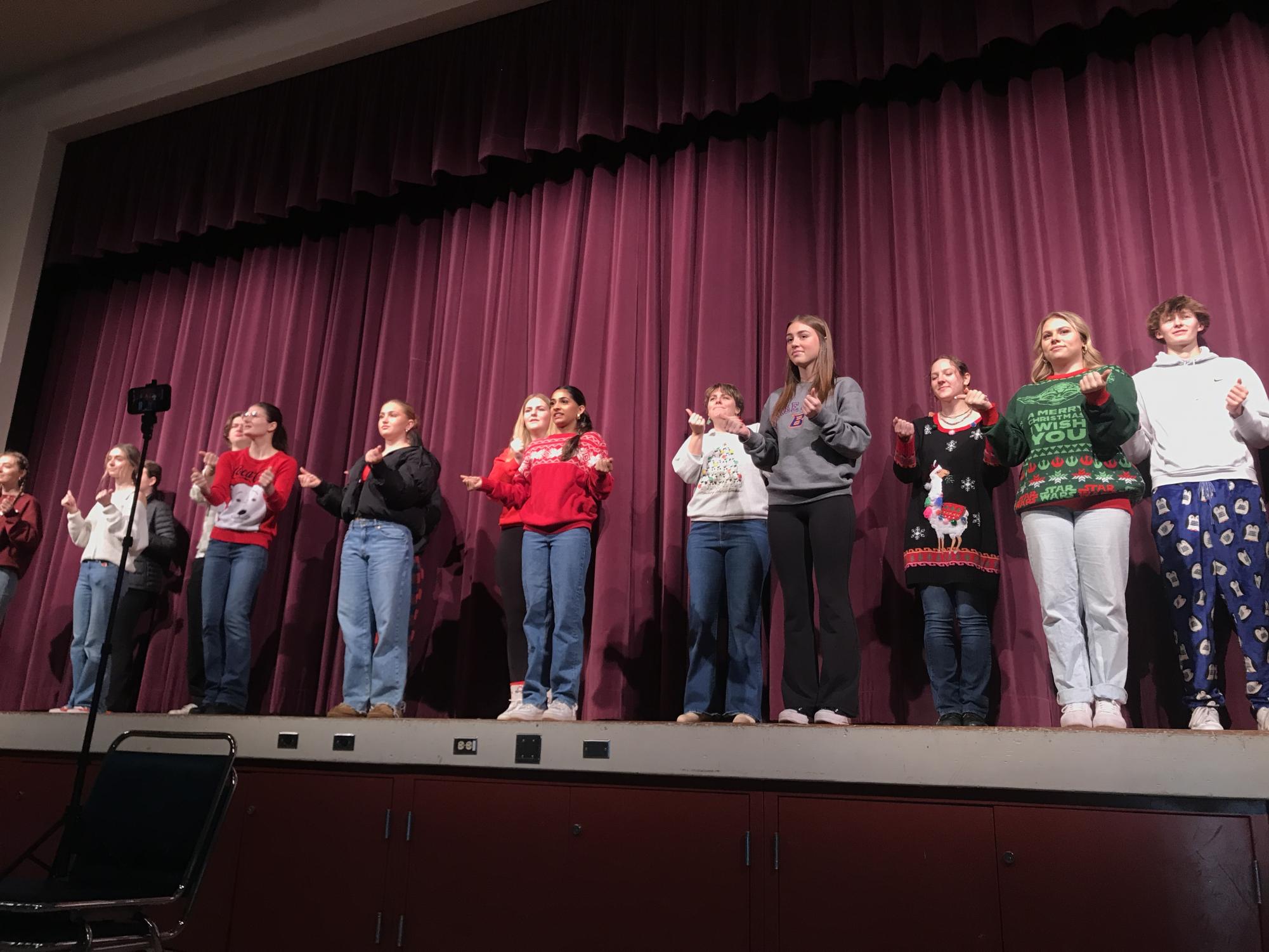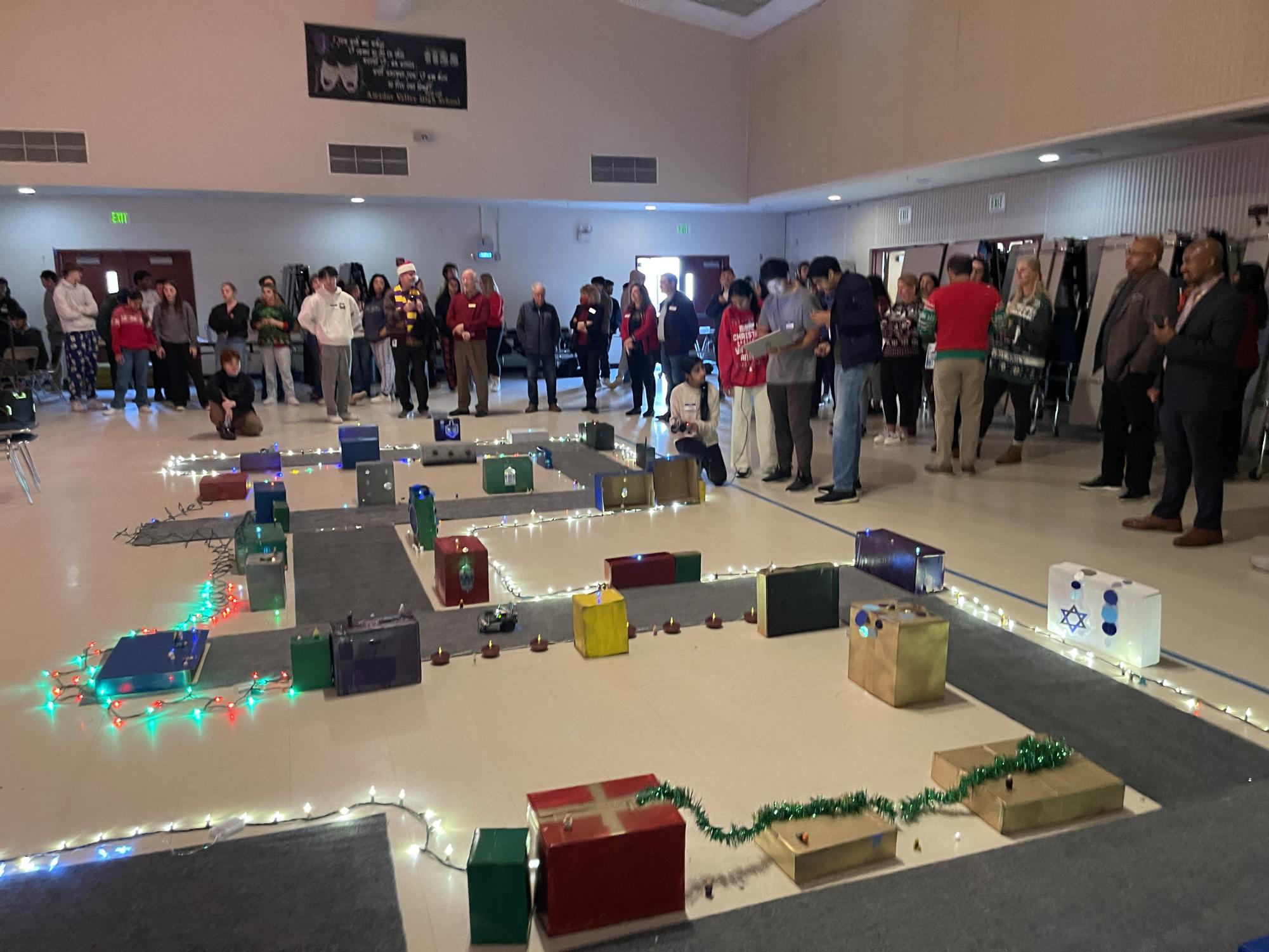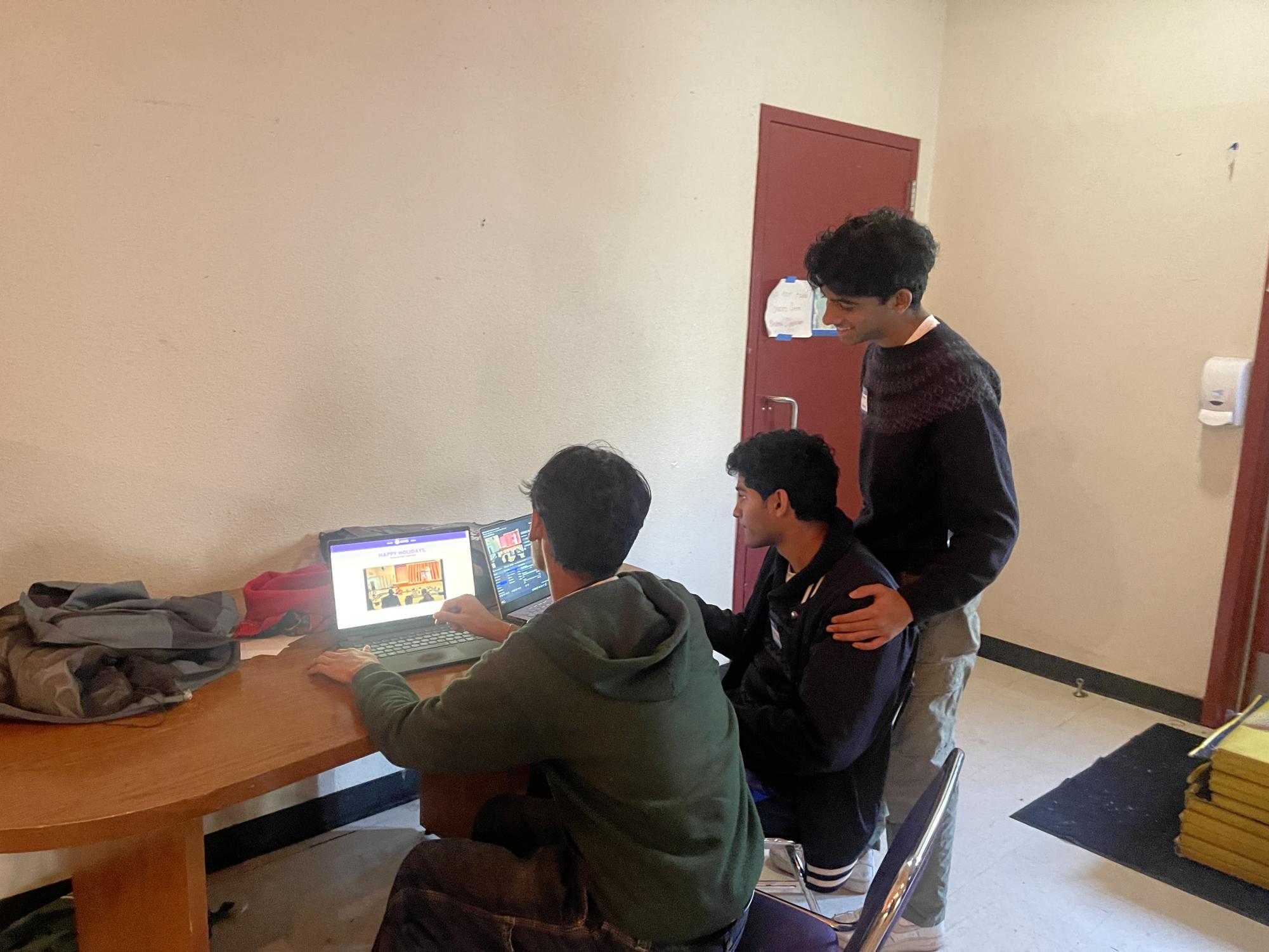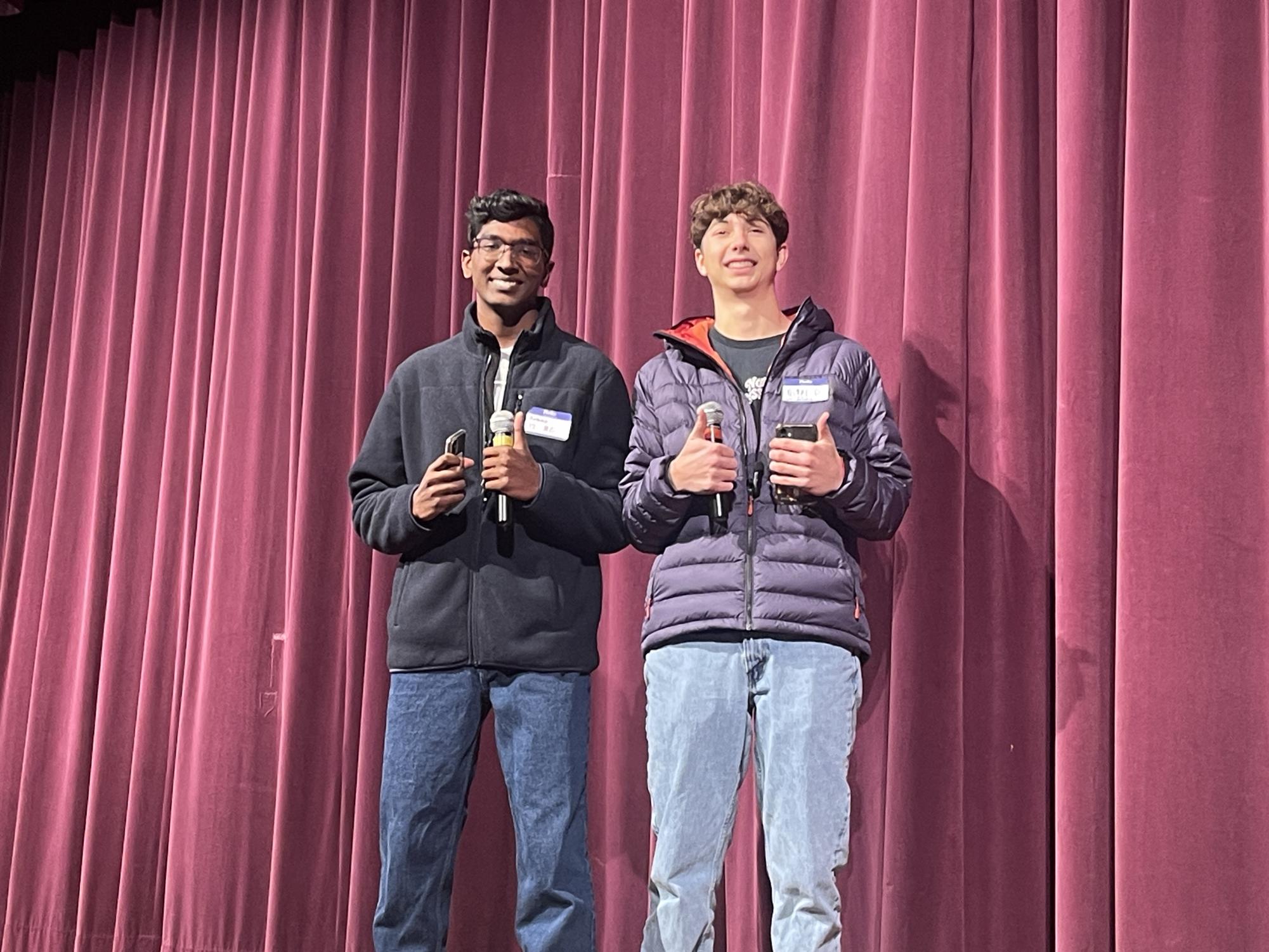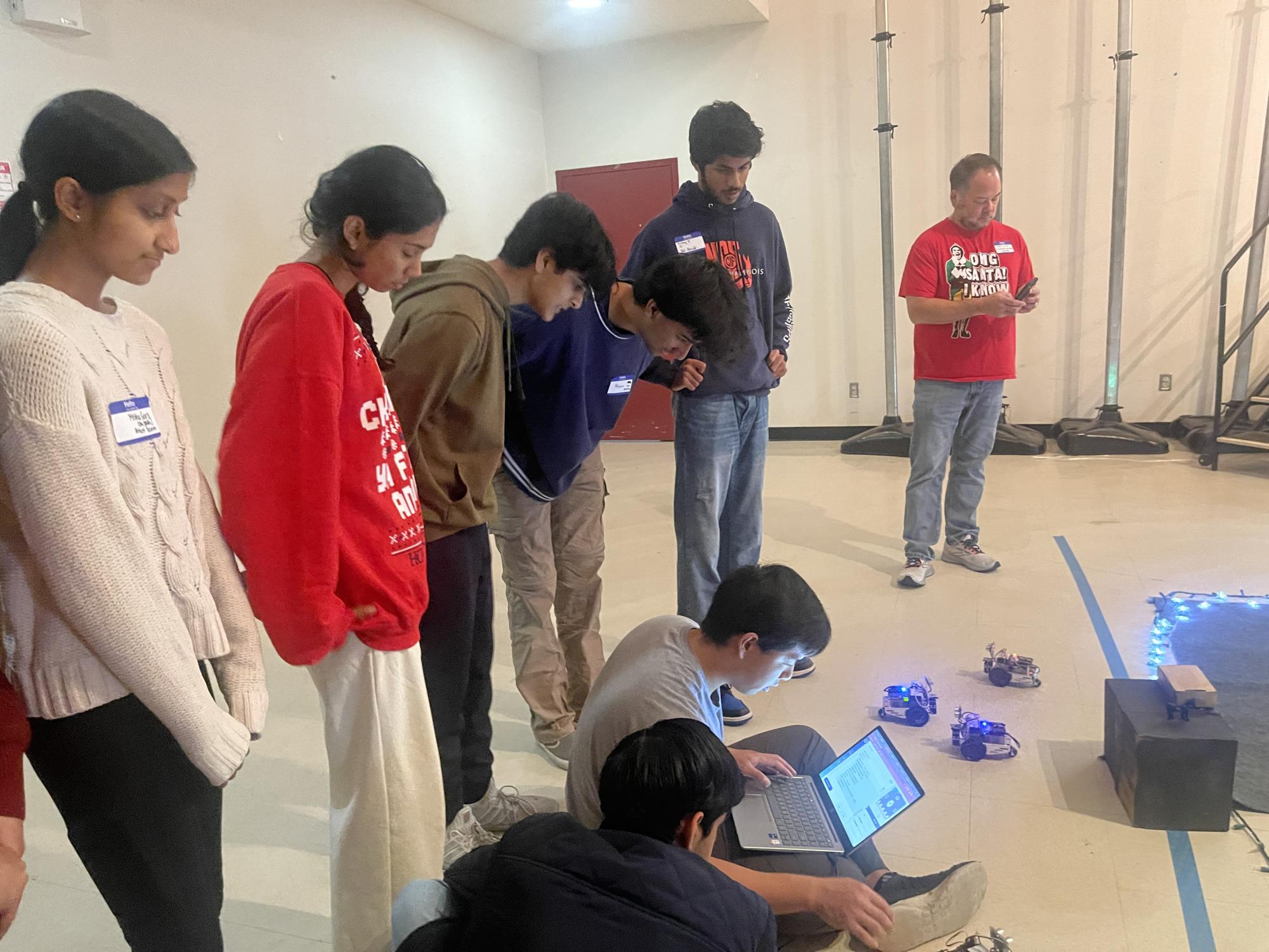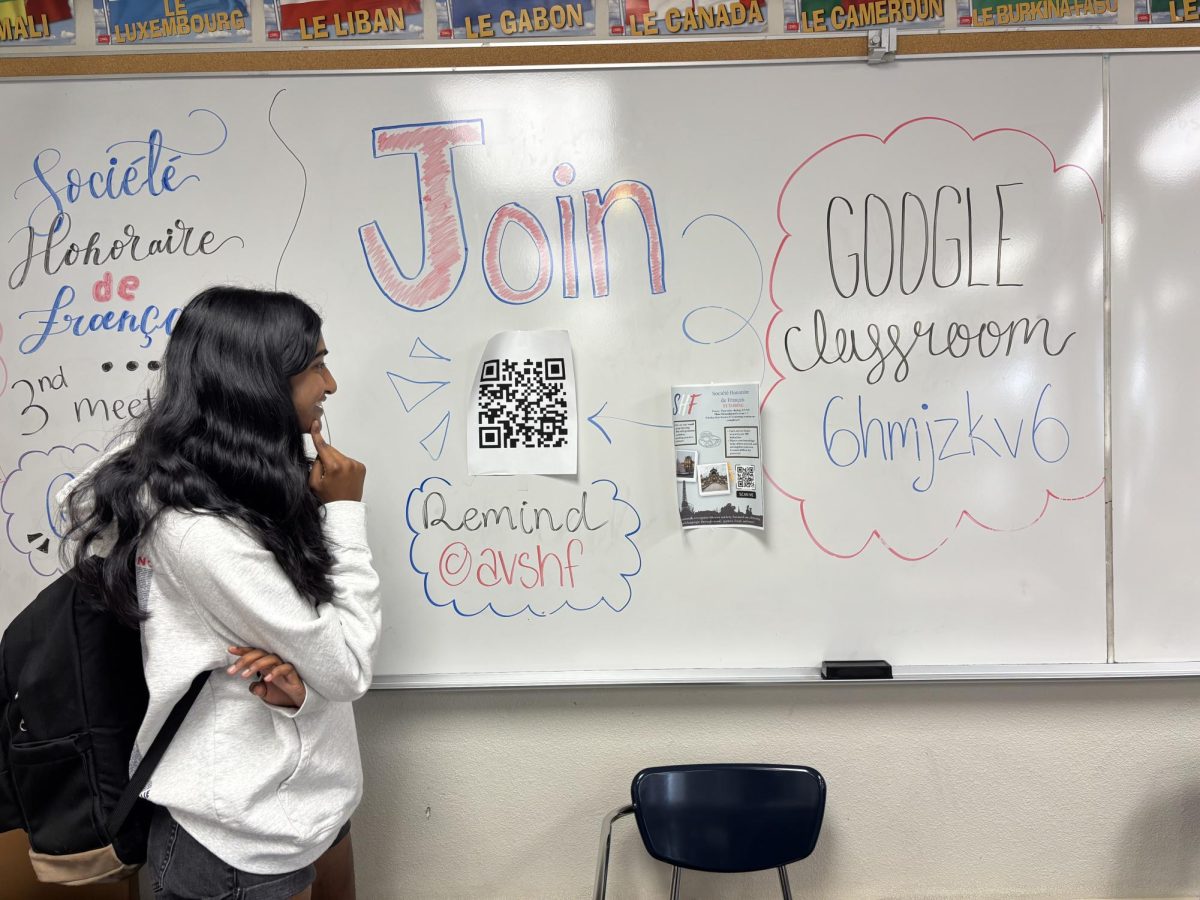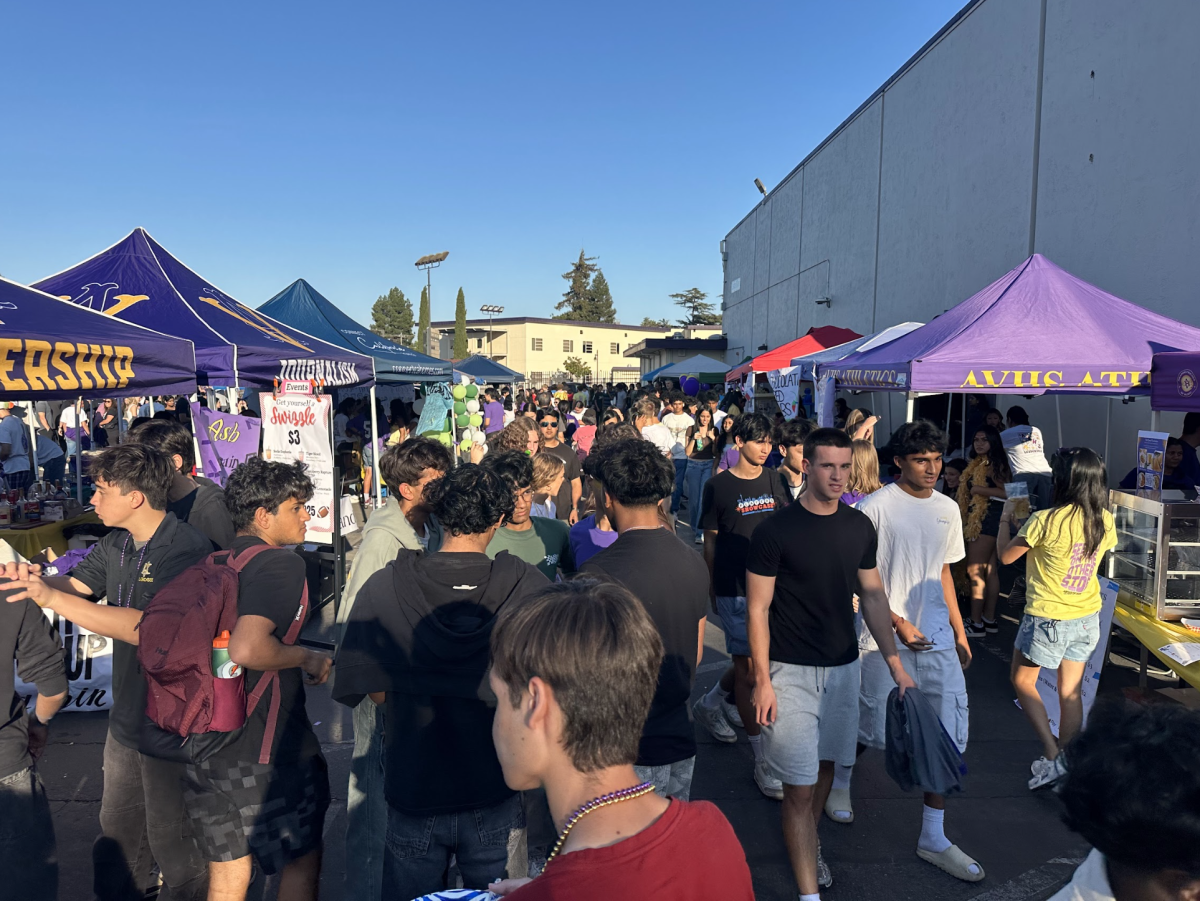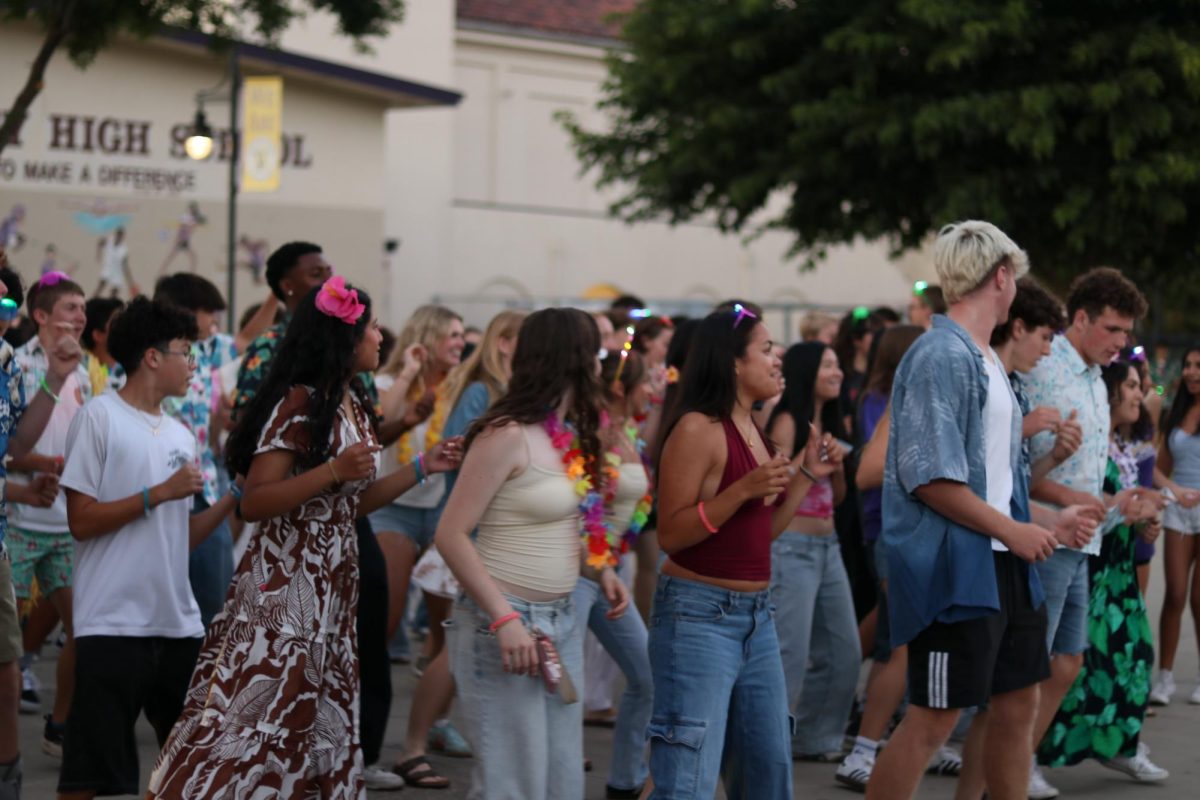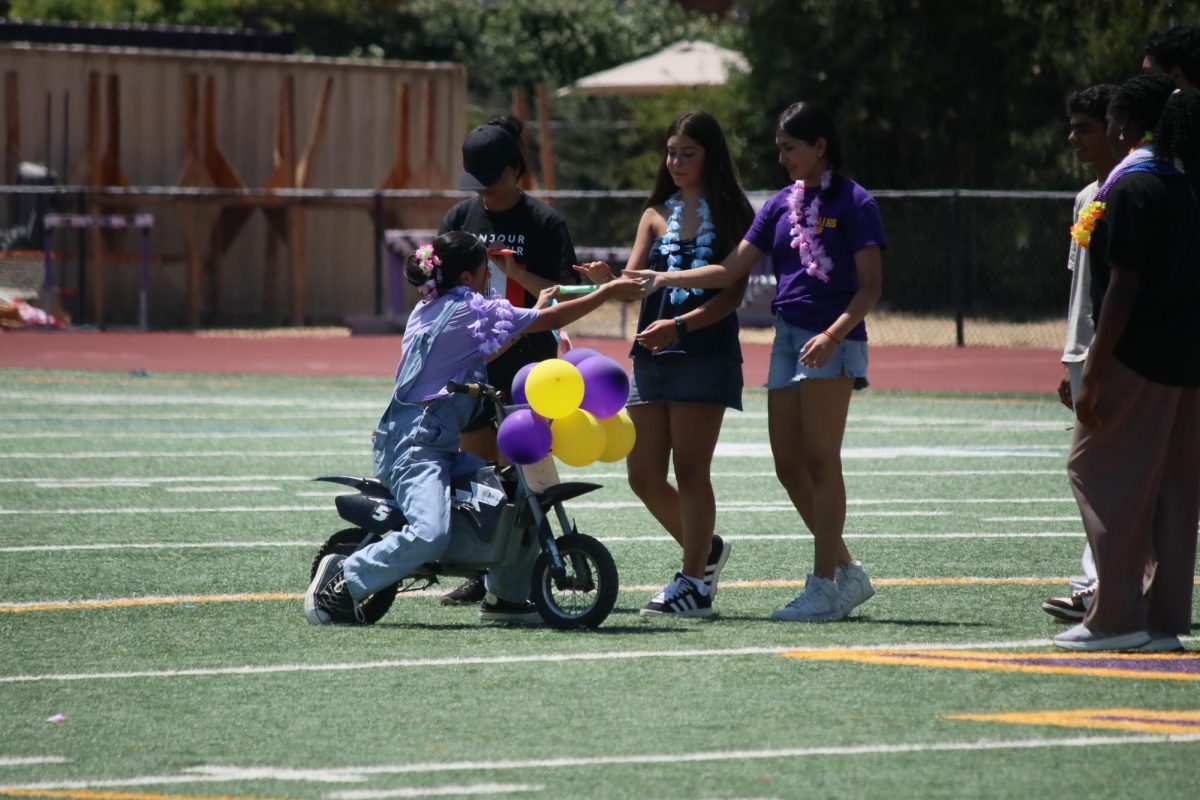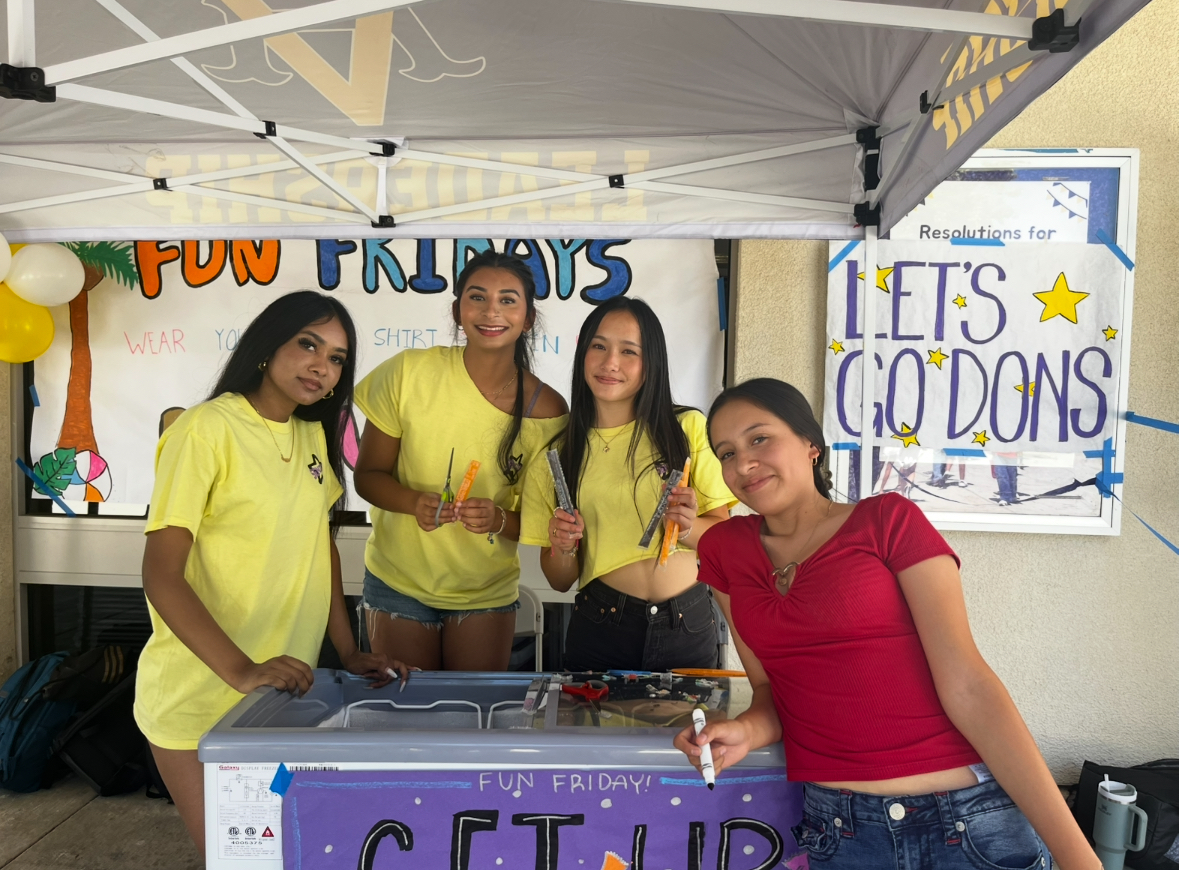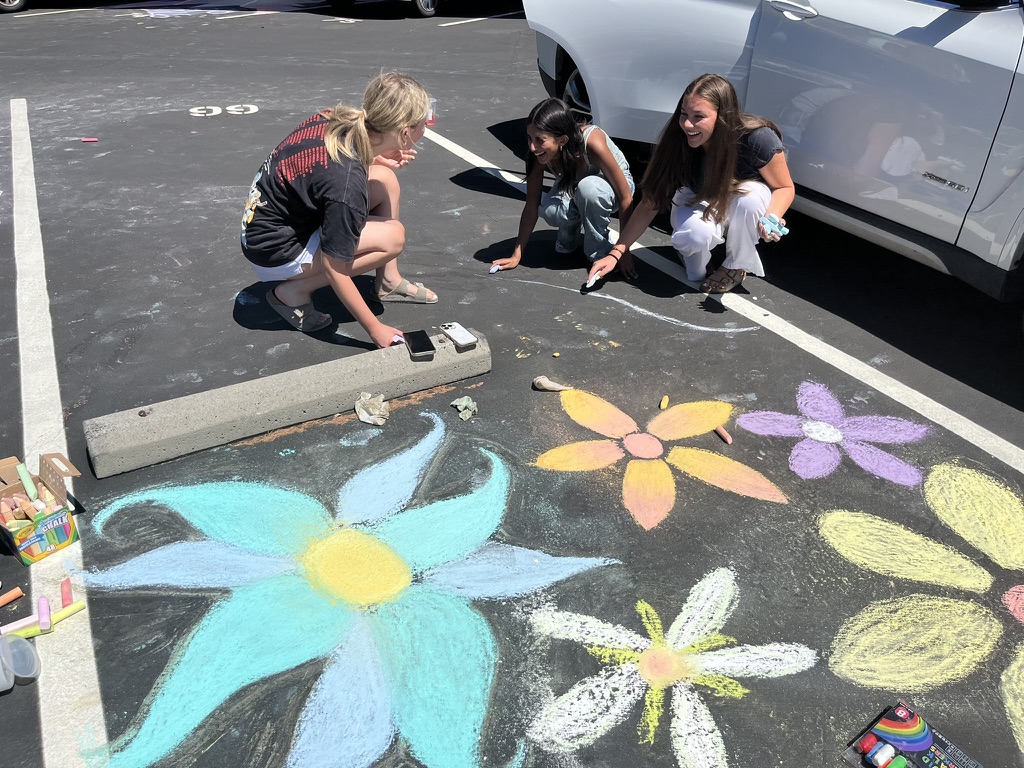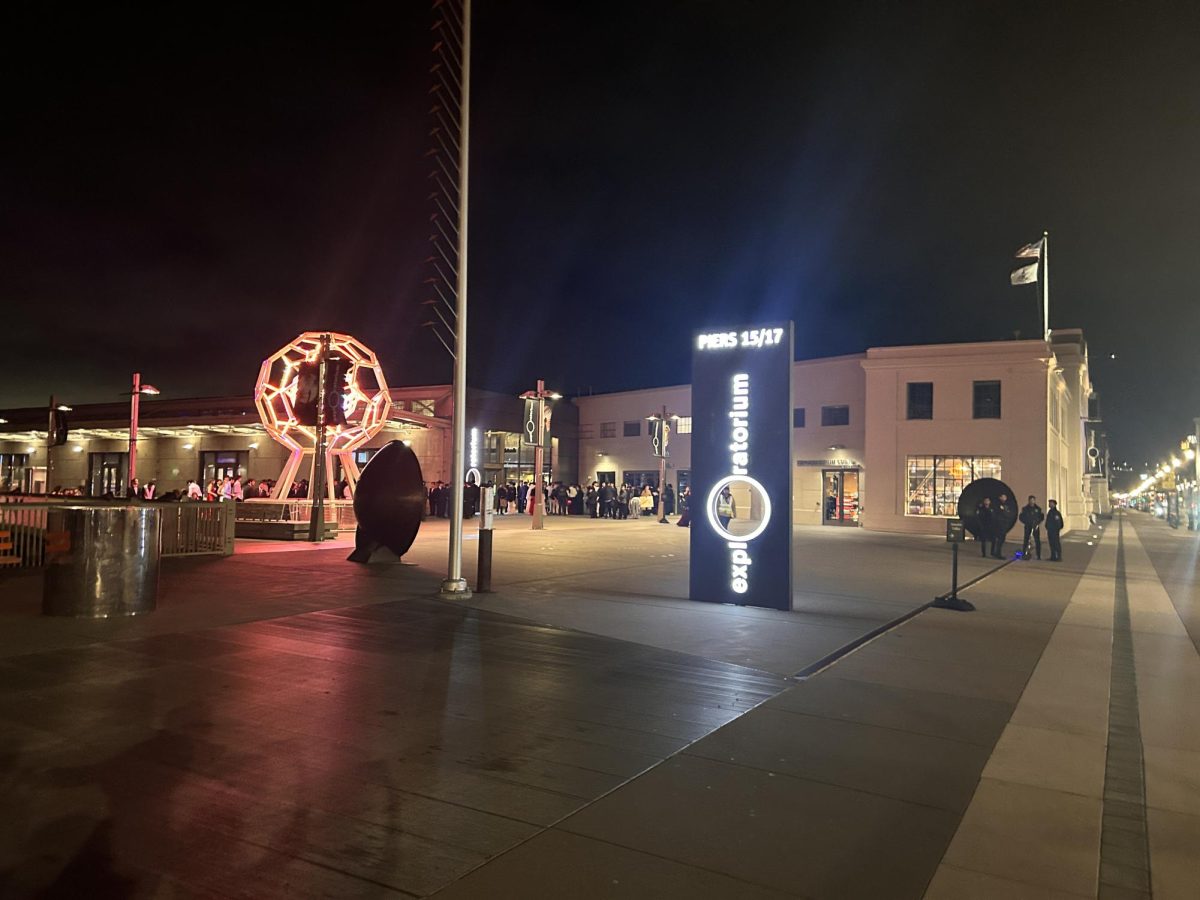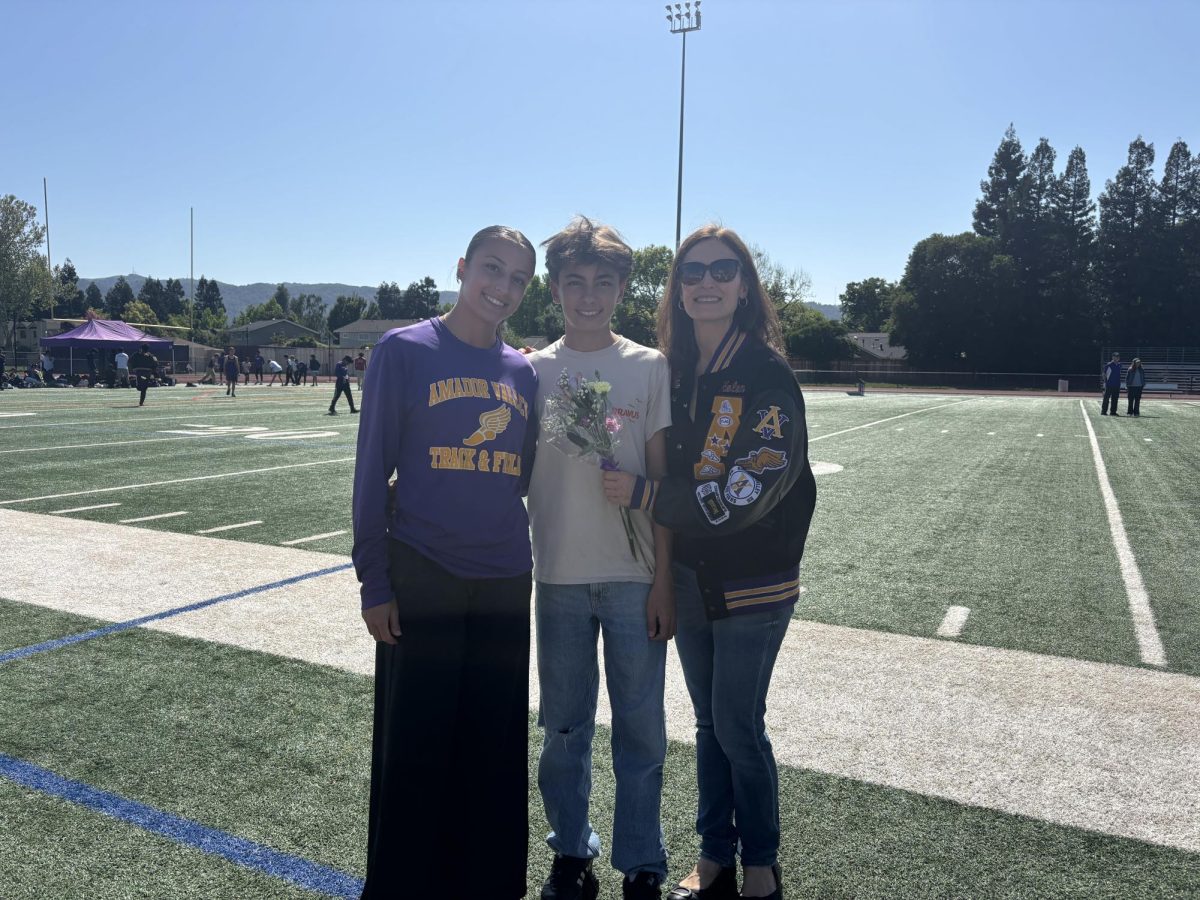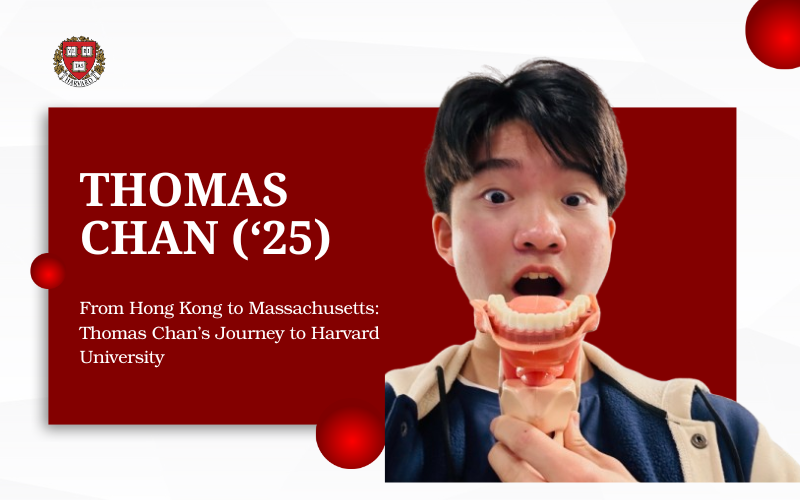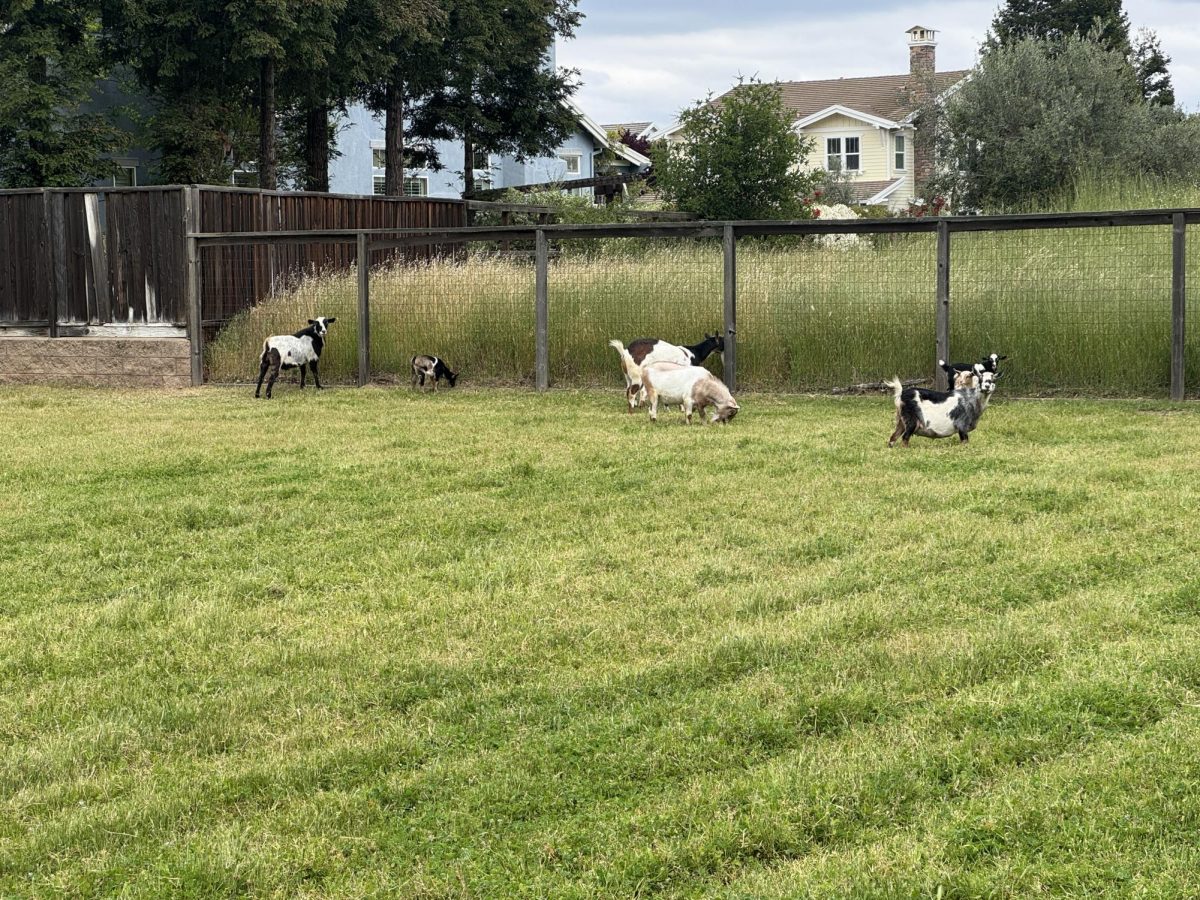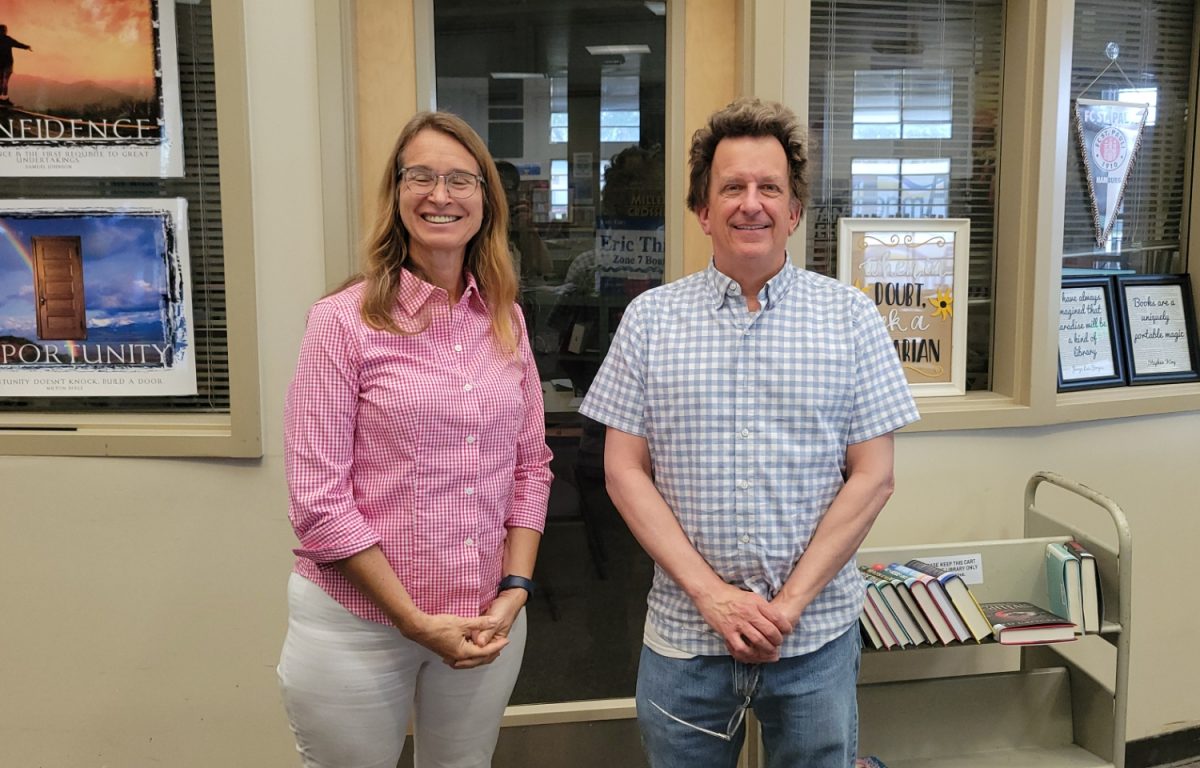Amador’s Career Technical Education class Advanced Computer Science Projects for the Contemporary World finished off the fall semester with an out-of-the-box final: a robot-drone holiday parade. Each student chose a part of the project to focus on for their team. The parts included programming and creation of robots and drones, construction of models of homes and businesses, publicity of an animated greeting card, a live stream, a live website, and a program host.
Students experienced how clientele and business procedures work through this project. Amador principal Jon Fey spoke to the class and gave students the assignment on creating a parade, with requirements to check off along the way.
“The purpose of this project was for our students to be provided a task to solve by a real client. I was able to be the client, I provided parameters that the client wanted to have completed. There were ten different parameters that they had to satisfy in order to meet my needs,” said Fey.
A mini town and robots were created to represent different religious faiths including Hanukkah, Eid, Diwali, and Christmas. Each robot went through part of the track and ended up in a judging area where they ended the performance dancing. The event ended with a programmed drone show around the stage of the multipurpose room.
“In the process we were able to branch off and started creating decorations and brainstorming: what do we want to see in the holiday parade? We want to see diversity in holidays because Amador’s a diverse place,” said computer science student Kritika Das (‘24).
Amador’s American Sign Language four class attended the event and opened the performance by singing and dancing to ‘Let It Snow’. The class visited different rooms during the period that day performing ‘Let It Snow’ and as it fit the show’s theme of religious holidays, the performed as the opening.
School administration, teachers, and district administration were all invited to to watch the show and see the student’s progress. The trial-run early that morning went smoothly, but when it was time to perform in front of an audience many robots had trouble starting due to the low battery power.
The hosts, Nigel Purvis (‘24) and Athma Muruganathan (‘24), explained the project process, making jokes while telling the audience how each event component came together even despite some issues. Students had to troubleshoot right then and there to get the robots to work and go through the track.
“In our advanced computer science class, we’ve been exploring many different technologies. We learned things such as web scraping, Raspberry Pi programming, and Python programming. This project was a culmination of everything we’ve worked on this semester,” said Muruganathan as he spoke to the audience.
While this happened, Advanced Computer Science teacher Kevin Kiyoi let the students take control of the situation. The whole project was up to the students. Kiyoi and Fey gave the students initial requirements and parameters, then let the class figure out how to complete it with minimal aid from them.
At the end, all but one of the drones worked for the drone show and only three out of four robots worked, though not quite as planned. While the show turned out differently than predicted, the whole event was a learning experience. Students gained better understanding of client projects, troubleshooting on the fly, and controlling a situation when it does not turn out as planned.
“I think the task that we were dealing with today was really about preparing [the students] for the job force that they’re going to be working with and who their clients might end up being in the future,” said Fey.

